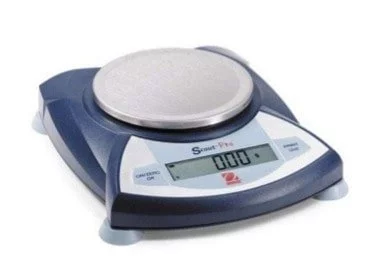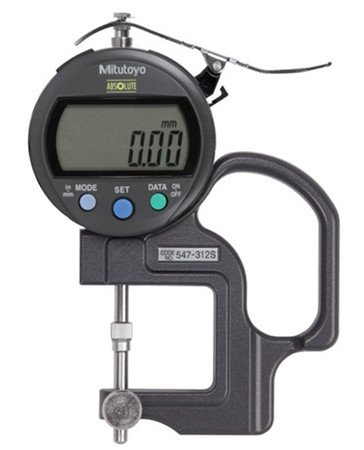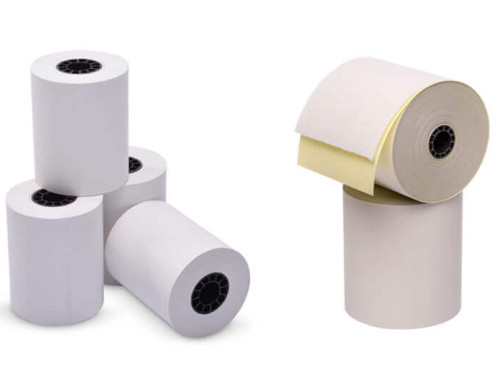Thermal paper today can vary in different size and different qualities in order to suit different customers’ needs. That’s why when it comes to choosing the right type of thermal paper, one must have adequate knowledge about the basic properties it possesses. In layman’s terms, those properties in relation to thermal paper are called parameters. This article will discuss the two main parameters of thermal paper as well as how those two are interconnected to each other.
GSM

GSM (Gram per Square Meter), also known as grammage, is used to describe mass per unit of area in the metric system. The grammage of a given sheet of paper is equivalent to the weight in grams of a one-square-meter-sized piece of that type of paper. In other words, you can compute the GSM of a paper by simply taking one square meter worth of it and then measure its weight. Here are the most common GSMs of thermal papers currently available in the market:
- 48gsm
- 55gsm
- 60gsm
- 65gsm
- 70gsm
Due to varying weights, it might be clear that these standard GSMs often have their own corresponding thicknesses – but this is definitely a misconception. Some rolls can have the same GSM but don’t hold the same thickness. This will be further elaborated on the next parameter.
Thickness

Also known as caliper, the thickness of a normal thermal paper is measured by mics (microns). The measurement is taken with an instrument called a micrometer or thickness gauge (if you want to buy one for your business, simply contact us).
Normally, paper caliper should not have more than a + or – 5% variance within a sheet. Generally speaking, the higher the caliper (i.e., the greater the thickness of the paper), the heavier the paper will be. But actually, a thermal paper’s caliper can change significantly through the influence of several factors, such as the raw materials used, the manufacturing process, and even the type of coating. That’s why, in some cases, a high GSM doesn’t mean an equally high thickness.
However, it is possible to estimate the thickness of a thermal paper by knowing its GSM. Here are some of the notable examples:
- 48gsm is equivalent to 50mics
- 55gsm is equivalent to 60mics
- 60gsm is equivalent to 78mics
- 65gsm is equivalent to 85mics
- 70gsm is equivalent to 90mics
Conclusion
GSM and thickness are part of the main aspects of thermal paper that affect its grade & price. By having a rough idea of the thermal paper’s GSM and thickness, any business owner looking for a thermal roll business can easily choose the right set of varieties that will truly give more satisfaction to their clients. The best way of getting these figures is by asking your manufacturer in the first place.







Good